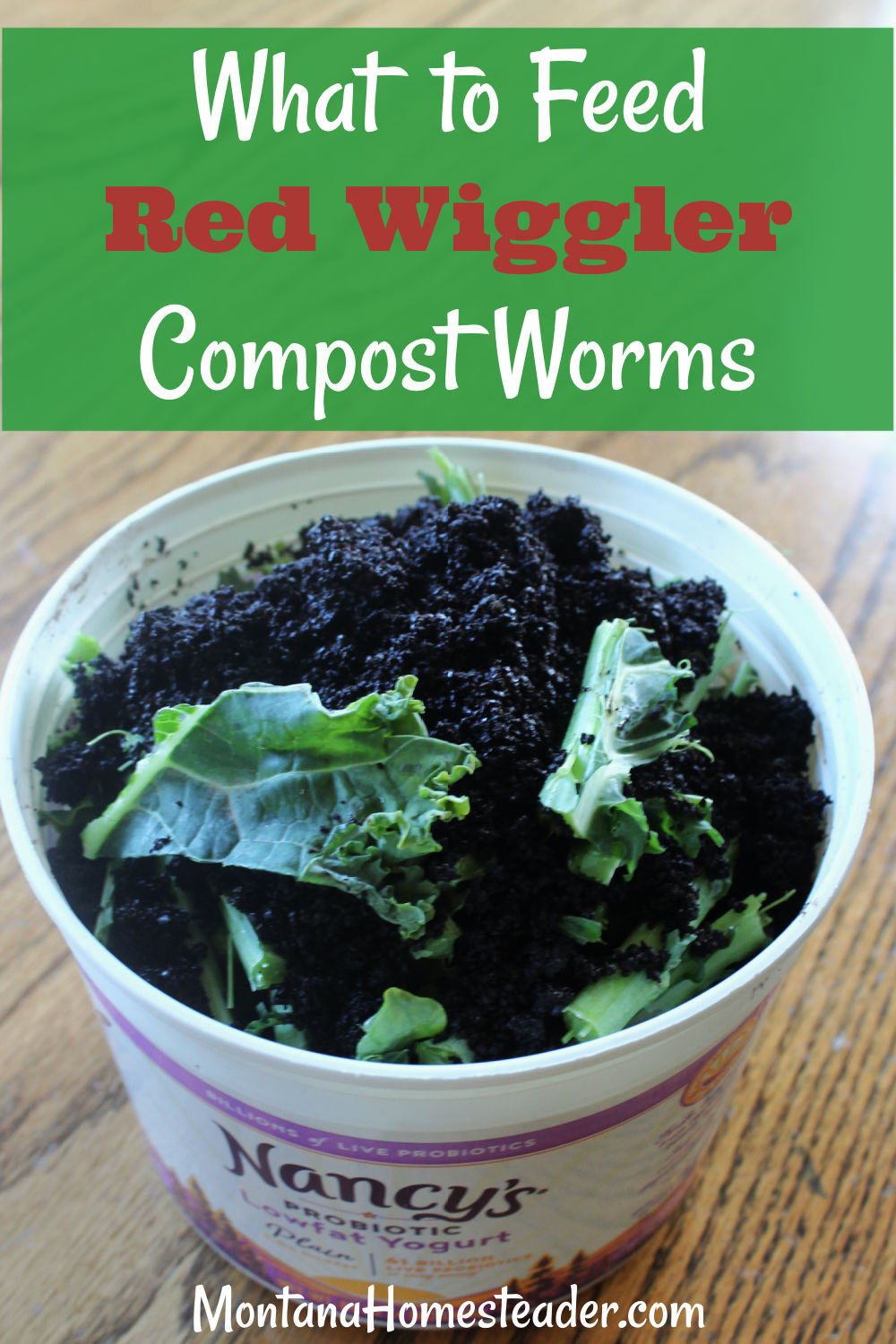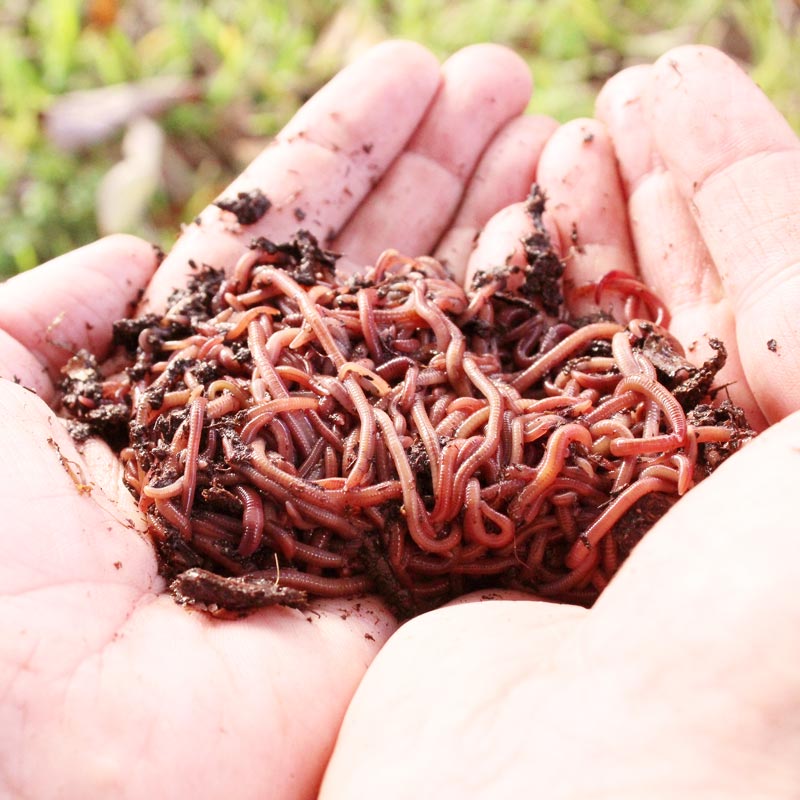Red Wigglers: The Unsung Heroes of Organic Waste Recycling
Red wigglers, or Eisenia fetida, offer as crucial agents in the natural waste reusing procedure, transforming discarded products into valuable vermicompost. As the globe progressively seeks solutions to deal with waste buildup and enhance agricultural performance, recognizing the duty of these worms ends up being important.
What Are Red Wigglers?
The remarkable strength of red wigglers, medically recognized as Eisenia fetida, highlights their crucial duty in organic waste recycling. These little, reddish-brown earthworms are commonly discovered in breaking down natural matter, such as compost heap and manure stacks. Lake Hickory Bait. Unlike various other earthworm species, red wigglers flourish in nutrient-rich environments and are extremely efficient at breaking down organic products, making them important for vermicomposting

(Red Wiggler Express)Along with their role in waste decrease, red wigglers add to dirt wellness by improving dirt framework and oygenation through their burrowing activities (Lake Hickory Bait). Their visibility in composting systems not only enhances disintegration rates but also advertises a sustainable technique to waste monitoring, showing their relevance in environmental preservation efforts
Advantages of Composting With Worms
Composting with worms, particularly red wigglers, supplies numerous benefits that enhance both waste monitoring and soil wellness. Initially, these worms successfully damage down natural waste, converting it right into nutrient-rich vermicompost that enhances soil. This process accelerates disintegration, enabling a quicker recycling of kitchen area scraps and various other natural products compared to conventional composting techniques.
Additionally, the vermicompost generated by red wigglers is brimming with useful microorganisms, which aid boost dirt structure, aeration, and dampness retention. This boosts the total wellness of plants, advertising vigorous development and boosted returns in yards and farming settings. Moreover, making use of worms in composting minimizes the manufacturing of greenhouse gases, such as methane, adding to a much more lasting waste monitoring system.

Just How to Beginning Vermicomposting
Establishing a vermicomposting system is a straightforward procedure that can produce substantial advantages for both waste management and soil enrichment. To begin, choose a suitable container, such as a plastic container or wood box, with appropriate air flow openings to ensure proper air movement. The measurements need to ideally be about 2 feet by 3 feet, allowing adequate area for the worms to grow.
Following, prepare bed linens material, which can consist of shredded newspaper, cardboard, or coconut coir. This bed linens ought to be moistened to create an ideal habitat for the worms. Once the bedding is in place, introduce red wigglers (Eisenia fetida) into the container, generally around one extra pound of worms for every square foot of area.
Adhering to the positioning of worms, add natural waste, such as fruit and vegetable scraps, coffee grounds, and smashed eggshells. Stay clear of including milk, meat, or oils, as these can create odors and bring in insects. Position the bin in a shaded, temperature-controlled area to maintain optimal problems for worm task. With these steps, you will effectively start a vermicomposting system that adds to sustainable waste monitoring and improves your dirt.
Keeping a Healthy And Balanced Worm Bin
(Red Wiggler Express)Keeping a worm bin flourishing requires regular focus and like make certain the wellness of the red wigglers and the performance of the composting procedure. Proper upkeep starts with keeping track of the dampness levels; the container must perspire but not soaked. A great policy of thumb is to maintain an uniformity comparable to a wrung-out sponge.
Delicately blending the bedding and food scraps every few weeks prevents compaction and guarantees that all worms have accessibility to oxygen. Additionally, it is crucial to feed the worms properly.
If the container comes to be as well hot or cool, the worms might end up being worried. By vigilantly handling these aspects, one can preserve a robust and efficient worm bin.
Effect On Lasting Living
The successful upkeep of a worm bin not only benefits the wellness of red wigglers however additionally adds dramatically to sustainable living techniques. By reusing organic waste, such as cooking area scraps and lawn debris, red wigglers help draw away considerable quantities of product from land fills. This decrease in waste not just reduces greenhouse gas exhausts but likewise reduces the environmental concern connected with waste management.
Additionally, the spreadings produced by red wigglers work as a nutrient-rich natural plant food, enhancing dirt wellness and advertising plant development. This natural alternative to chemical plant foods sustains sustainable farming and gardening techniques, decreasing reliance on synthetic inputs that can damage ecosystems. In addition, worm composting promotes recognition of waste management, urging individuals and neighborhoods to embrace more sustainable habits.

Conclusion
In summary, red wigglers offer as important contributors to organic waste recycling with their efficient decay of organic materials. Their capacity to produce nutrient-rich vermicompost boosts soil wellness and sustains lasting agricultural practices. By integrating vermicomposting into waste monitoring techniques, individuals and communities can considerably minimize waste while promoting ecological sustainability. The duty of Eisenia fetida in cultivating healthy environments highlights the value of these microorganisms in attaining sustainable living and improving dirt fertility.